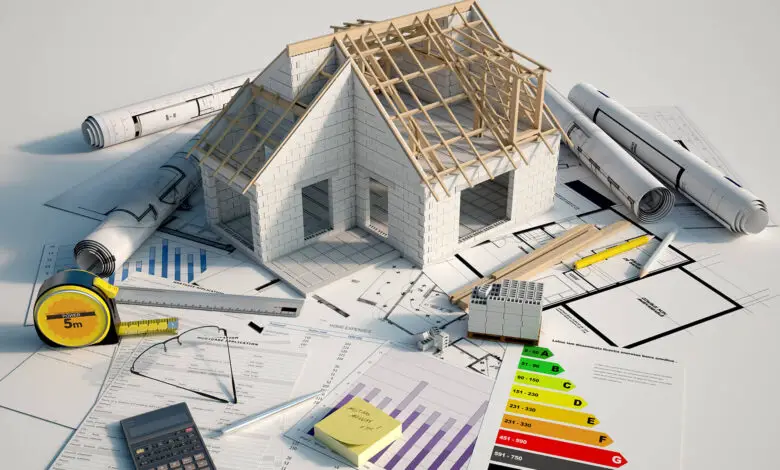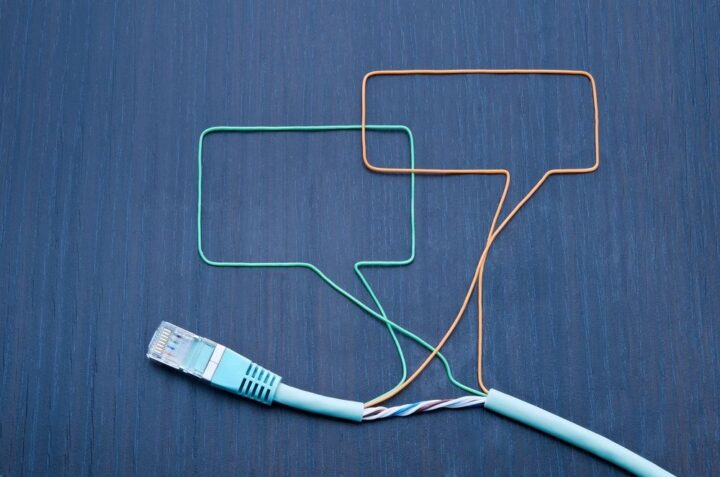6 Common Mistakes to Avoid in Your Next Home Upgrade

Upgrading your home can be expensive and time consuming. Even a basic renovation can cost you several thousand dollars, and you will also be managing a diverse workforce. Still, if you can navigate things well, upgrading your home can be rewarding. There are a few mistakes to avoid during the process.
1. Not Planning for the Long-Term
When you are planning a project, consider those that will work best over the long term. If you are upgrading the kitchen, consider classic designs rather than trendy ones that will look dated in a few years. This prevents you from having to redo the space in a few years. If you are planning on staying in the home for a long time, think about upgrades that can improve your quality of life when you are older. Making your home easier to navigate when you are older can pay off in the long run. One way of doing so is to add a home lift. Companies like Stiltz have a range of options to choose from.
2. Not Focusing on Communication

Communication will help you let the workers know what you need done. It’s important to communicate with your team of workers and any other stakeholders, such as your partner. If you and the contractor have a good rapport going, they can help if you and your partner have disagreements or miscommunications. It’s a good idea to be upfront with the contractor on the right way to communicate. Some might want to check in once a week while others will prefer texting whenever the need arises. The important thing is to know how you can reach them once the work has started.
3. Thinking Your Way is the Only Way
Going online is a great way to be inspired for design, but it won’t tell you everything you need to know about home improvement. There are TV shows that only show part of the project, and watching them does not make you an expert. Fixtures, tiles, and other aspects of your upgrade need to be chosen based on function, not just appearance. You can work with a professional designer if you are in doubt.
4. Not Following Your Plan

It is a good idea to have a plan in place before starting any work. If your contractor says they don’t do plans, don’t go with them. Your plan should have information on the timeline, products to be used, and budget. If you don’t stick to the plan, you will end up going out of budget. Even making minor changes to your plans can lengthen the timeline and make it more costly.
Still, don’t be afraid to have some flexibility. Things can come up, and you will find you need to make adjustments as you go along. Try to document these as you go and don’t stress out about them too much. Things will never be perfect, and they will likely not work out the way you want them to every time. Especially if this process is new to you, there will be things that come to light along the way that you could never have been able to plan for simply because this is your first time. Be kind to yourself as the project progresses.
5. Thinking You Don’t Need a Pro
Hiring professionals to do any or all of your home upgrade can suck up a large portion of the budget. But what some people fail to remember is that DIY is not always cheaper, especially if you try to do something yourself and make a mistake, then have to hire out to have it corrected, now you have spent double. As you are creating your plan, be realistic about what you can and cannot do on your own.
This analysis should also include the demands on your time each project will have as well as your actual interest in completing them. You might be able to repaint a few rooms in just a weekend, but if you are not excited even a little bit to do it, the project could drag on. For many homeowners, time is money, and this is an example of a project that could be hired out in the name of both efficiency and your personal peace.
Electrical work and plumbing are two major areas that typically will require a professional. Yes, you can go online and watch videos on how people have done the projects that are on your list but what many of those videos fail to mention is what consequences you may be facing if you make a mistake. In some cases, disrupting a plumbing system and/or reconfiguring electrical wires in an unsafe way can be quite dangerous.
6. Following Too Many Trends

It can be all too easy to hop on any social media or home décor app or platform and get sucked into all the shiny balls of current design trends but executing a home upgrade strictly based on of the moment trends may not be the best use of your money or bring you happiness with the project long term. Many decorators will suggest keeping traditional with your main elements like flooring and cabinets and using small décor items like throw pillows and wall décor as your trendy elements.
If you are having trouble reconciling your personal style with the trends you are seeing it might be worth speaking to a decorator or interior design professional. In terms of cost, this can be something that you work into your initial budget so that you don’t feel stretched too thin and you should also keep in mind that these specialists have a wide range of services.
Some look to interior designers to create a total design proposal, shop for the products, and do a total home installation while others simply want a briefing about how to get started and a couple tips and tricks. Seeking out the guidance of a pro does not mean your personal style will get lost in translation or that you will end up with a home that doesn’t feel authentic to you it simply means you are taking a more efficient road to get there.

